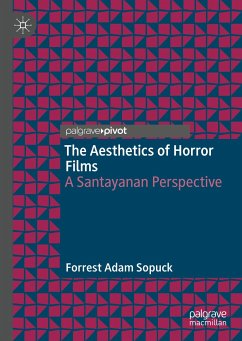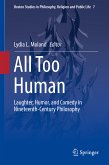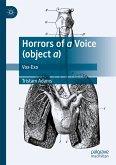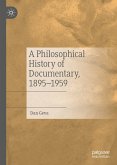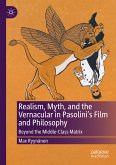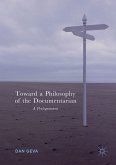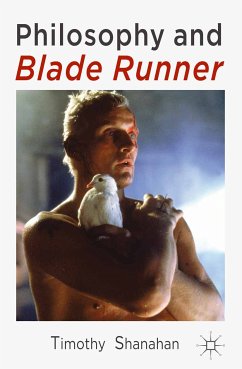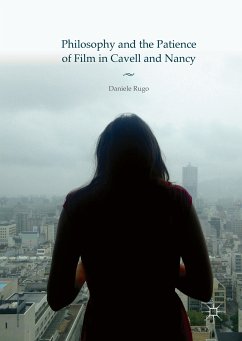"Sopuck's book provides a much-needed expansion of our understanding of the artistic value and cultural role of horror films. Engaging with scholars in the fields of psychology, philosophy, and horror theory, he carefully extends the aesthetic views of George Santayana into a highly original framework that he dubs the 'sport model' of horror aesthetics. But more than this, he then uses this framework to further examine the potentially dangerous necropolitical implications of horror in the contemporary landscape. Eminently readable, with outstanding degrees of theoretical elaboration and numerous cinematic examples, the book deftly balances the worlds of scholarship and popular entertainment, providing a work that is not only thoroughly enjoyable and personally relatable, but is also sure to leave a lasting impact in the world of horror theory."
--Vernon W. Cisney, Associate Professor, Interdisciplinary Studies, Gettysburg College
This book analyzes the nature and functions of horror films from the vantage of a theoretical reconstruction of George Santayana's account of beauty. A new model of horror's aesthetic enjoyment is detailed through the examination of plot, cinematic, and visual devices distinctive of the popular genre. According to this model, the audience derives pleasure from the films through confronting the aversive scenarios they communicate and rationalizing a denial of their personal applicability. The films then come to embody these acts of self-assertion and become objects of pride. How horror films can acquire necropolitical functions is also clarified. These functions, which exploit the power of anti-tragedy, downward social comparison, or vicarious emotion, work to remediate aggressive, ascetic, or revolutionary impulses in ways that are not injurious to the status quo. This book champions horror as a source of self-empowerment and beauty, but also attests to the potential harms of the genre.
Forrest Adam Sopuck was awarded his Ph.D. in philosophy at McMaster University in 2015. He is a specialist in early modern philosophy by formation. His current work explores how Santayana's philosophical views contribute to contemporary metaphysical debates surrounding non-mereological composition, fundamentality, and colour.
Dieser Download kann aus rechtlichen Gründen nur mit Rechnungsadresse in A, B, BG, CY, CZ, D, DK, EW, E, FIN, F, GR, HR, H, IRL, I, LT, L, LR, M, NL, PL, P, R, S, SLO, SK ausgeliefert werden.
Es gelten unsere Allgemeinen Geschäftsbedingungen: www.buecher.de/agb
Impressum
www.buecher.de ist ein Internetauftritt der buecher.de internetstores GmbH
Geschäftsführung: Monica Sawhney | Roland Kölbl | Günter Hilger
Sitz der Gesellschaft: Batheyer Straße 115 - 117, 58099 Hagen
Postanschrift: Bürgermeister-Wegele-Str. 12, 86167 Augsburg
Amtsgericht Hagen HRB 13257
Steuernummer: 321/5800/1497
USt-IdNr: DE450055826
Bitte wählen Sie Ihr Anliegen aus.
Rechnungen
Retourenschein anfordern
Bestellstatus
Storno

